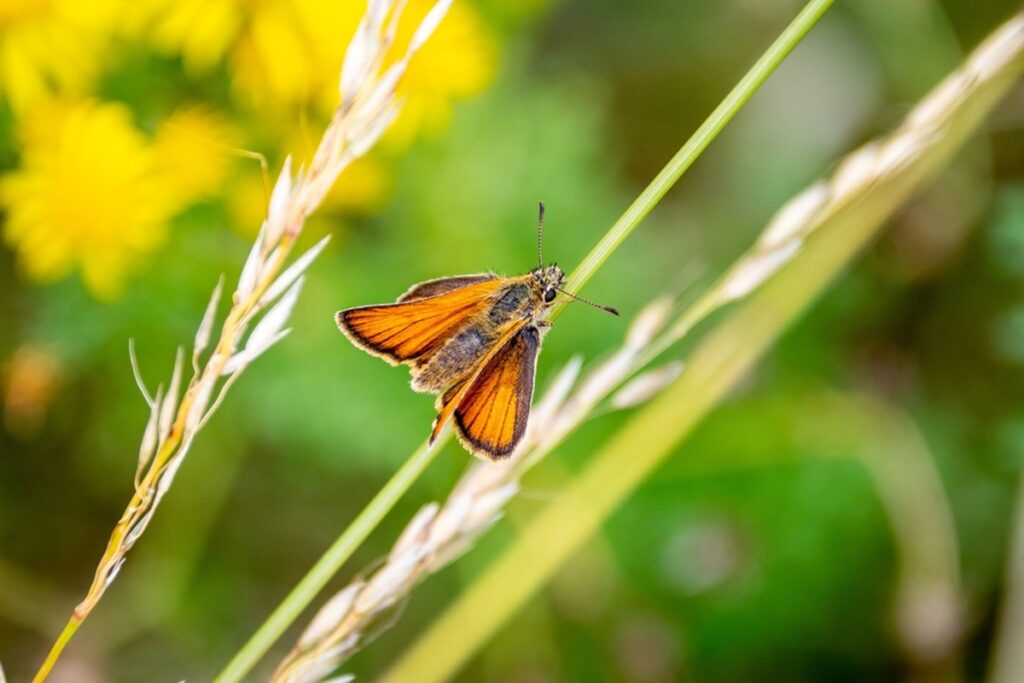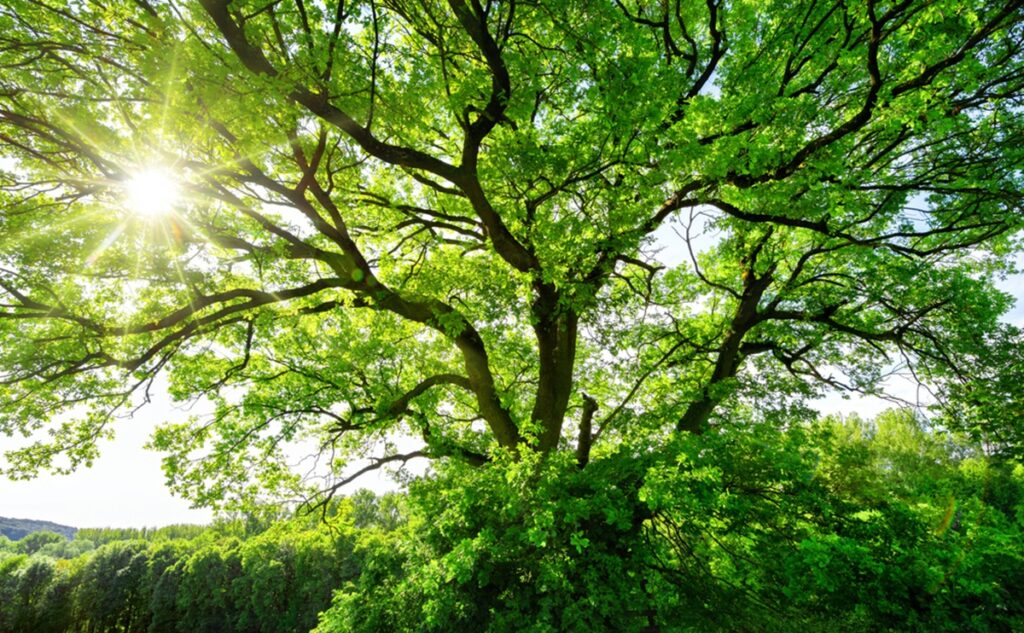Ecology Surveys & BNG Surveys on Development Land
Legislation was introduced in the Environment Act 2021 to ensure that biodiversity is left in a measurably better state after development than before it began.
Biodiversity net gain (BNG) was brought into law when the Environment Act received royal assent in 2021, and it has significantly changed the way development projects in the UK are approached.
For most planning applications in South Yorkshire, biodiversity net gain is now a mandatory requirement that must be satisfied alongside other planning policies, such as sustainable development. Developers are required to work with qualified ecological consultants to calculate the biodiversity value of a site before and after development.
If the post-development score falls short, additional measures must be implemented to deliver at least 10 % increase in biodiversity. These improvements can be achieved through on-site habitat creation and enhancement, the purchase of off-site biodiversity units, or a combination of both, but all measures must be robustly evidenced and approved by the local planning authority before permission can be granted.
Since February 2024, achieving biodiversity net gain has been a legal obligation for most large sites rather than simply a policy recommendation. From April 2024, BNG applied to smaller sites. In addition to being embedded in the Environment Act, BNG is also supported through the National Planning Policy Framework, Natural England guidance, Local Nature Recovery Strategies, and South Yorkshire’s own ecological priorities.
Developers in the region should integrate biodiversity net gain bng into their project design from the earliest stage in order to comply with legislation, avoid delays, and prevent costly redesigns later in the process.

Ecological Features in South Yorkshire
South Yorkshire encompasses a diverse range of landscapes, from the urban centres of Sheffield, Doncaster, Rotherham, and Barnsley, through to rural valleys, ancient woodlands, wetlands, and parts of the Peak District National Park.
This variety of habitats supports an equally wide range of protected and priority species, including bats, otters, badgers, water voles, great crested newts, and numerous bird species.
Any biodiversity net gain assessment in South Yorkshire must take into account the region’s ecological assets and ensure that development does not lead to important habitat loss, undermine existing wildlife populations or affect the strategic significance of connected habitats across the landscape.
Local initiatives led by councils, wildlife trusts including the Rotherham Wildlife Trust, community groups and other interested parties play an active role in habitat restoration, urban greening, and the creation of wildlife corridors. This strong conservation culture means that biodiversity net gain plans are carefully scrutinised to ensure they deliver measurable, lasting improvements that contribute significantly to the long term plan for local ecological priorities.

Preparing a Biodiversity Net Gain Assessment in South Yorkshire
The first step for developers seeking planning permission in South Yorkshire is to commission a biodiversity net gain assessment from an experienced ecologist. This begins with a baseline survey of the site, recording habitats, evaluating their condition, and mapping their ecological value using the government’s statutory biodiversity metric. In addition, protected species surveys may be required depending on the site’s characteristics and location.
Once a baseline score has been established, the ecologist can forecast the site’s projected biodiversity value post-development. This includes factoring in proposed landscaping of areas negatively affected by development, habitat creation, and future management measures. If the outcome does not meet the mandatory 10% net gain, the ecologist will provide recommendations to achieve the required uplift, ensuring that a compliant biodiversity net gain plan can be submitted alongside the planning application.
On-Site and Off-Site Biodiversity Net Gain
Much development land in South Yorkshire can deliver biodiversity net gain on-site through enhancements such as planting native woodland, creating wildflower-rich grasslands, restoring riverside habitats, or incorporating green infrastructure like living roofs and sustainable drainage initiatives.
However, if the full 10% net gain cannot be achieved within the development boundary, developers may need to purchase off-site biodiversity units from registered habitat banks or landowners interested in a diversified income stream.
These off-site units represent habitat improvements at other locations, ideally within the South Yorkshire region, so that local ecological benefits are retained. Our team can also advise on the conservation covenants that are legally required when delivering off-site biodiversity net gain, along with land management plans for the required 30 years. As a final option, statutory biodiversity credits from the government may be purchased, though this is considered a last resort.
Protected Species
In South Yorkshire, many development sites require additional ecological assessments beyond the BNG baseline survey. Depending on the habitat type and location, surveys for protected species such as bats, badgers, otters, reptiles, great crested newts, or breeding birds may be necessary.
Undertaking these surveys early ensures that the biodiversity net gain plan is fully compliant with both planning policies and wildlife legislation. Following the mitigation hierarchy is essential, meaning that development must first seek to avoid harm to biodiversity and vital habitats, then minimise impacts, and only as a final step compensate for any unavoidable loss.
The Biodiversity Net Gain Plan
A biodiversity net gain bng plan sets out in detail how a development will achieve its uplift target of at least 10 percent. This includes habitat creation and enhancement measures, site management and monitoring schedules, and evidence that biodiversity improvements will be maintained for at least 30 years, in line with statutory requirements.
In South Yorkshire, local planning authorities expect BNG plans to align with Local Nature Recovery Strategies and other regional ecological frameworks.
Ecological Conservation
A professionally prepared biodiversity net gain bng assessment gives planning officers confidence that development proposals will deliver measurable ecological improvements and contribute to the county’s long-term environmental goals.
Professional Support for Mandatory bng Measures
Our ecology consultancy provides a dedicated service offering biodiversity net gain assessments in Yorkshire and across the UK. We have a vast range of experience and are well equipped to handle the entire process, supporting clients with bng baseline assessments, Biodiversity Metric calculations, detailed advice on creating new habitats, long-term management planning, biodiversity credits and bng plan implementation. Our aim is to achieve planning consent for clients whilst ensuring nature is protected.
Our ecologists work with developers, architects, and planning consultants on projects of all scales, ensuring biodiversity net gain implementation is integrated into the design process from the outset so that improvements will contribute significantly to the natural environment.
Where off-site delivery is necessary, we guide developers through the different elements of sourcing biodiversity units, biodiversity credits, establishing legal agreements, and meeting the reporting requirements of South Yorkshire’s local planning authorities.
With in-depth knowledge of the county’s ecological priorities, strategic significance and habitat networks, our team ensures that biodiversity net gain plans are not only compliant but also locally relevant in supporting nature’s recovery.
Obtain a Free Quote for your BNG requirements in South Yorkshire
If your planning application in South Yorkshire requires baseline bng assessments, we can provide a free, tailored quote. Whether your project is a small residential development, a commercial scheme, or a large-scale infrastructure project, our ecologists can prepare a biodiversity net gain plan to comply with mandatory bng measures and guide developers through the planning process.
To discuss your biodiversity net gain requirements for South Yorkshire, contact us and we will provide a quote for the work. If you decide to proceed, we will arrange a site visit and prepare a detailed, practical plan that aligns with legislation and local authority expectations.
By following the requirements of the Environment Act 2021 and the mitigation hierarchy, you will maximise your chances of securing planning approval while also making a positive contribution to South Yorkshire’s ecological conservation efforts.